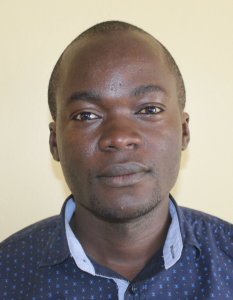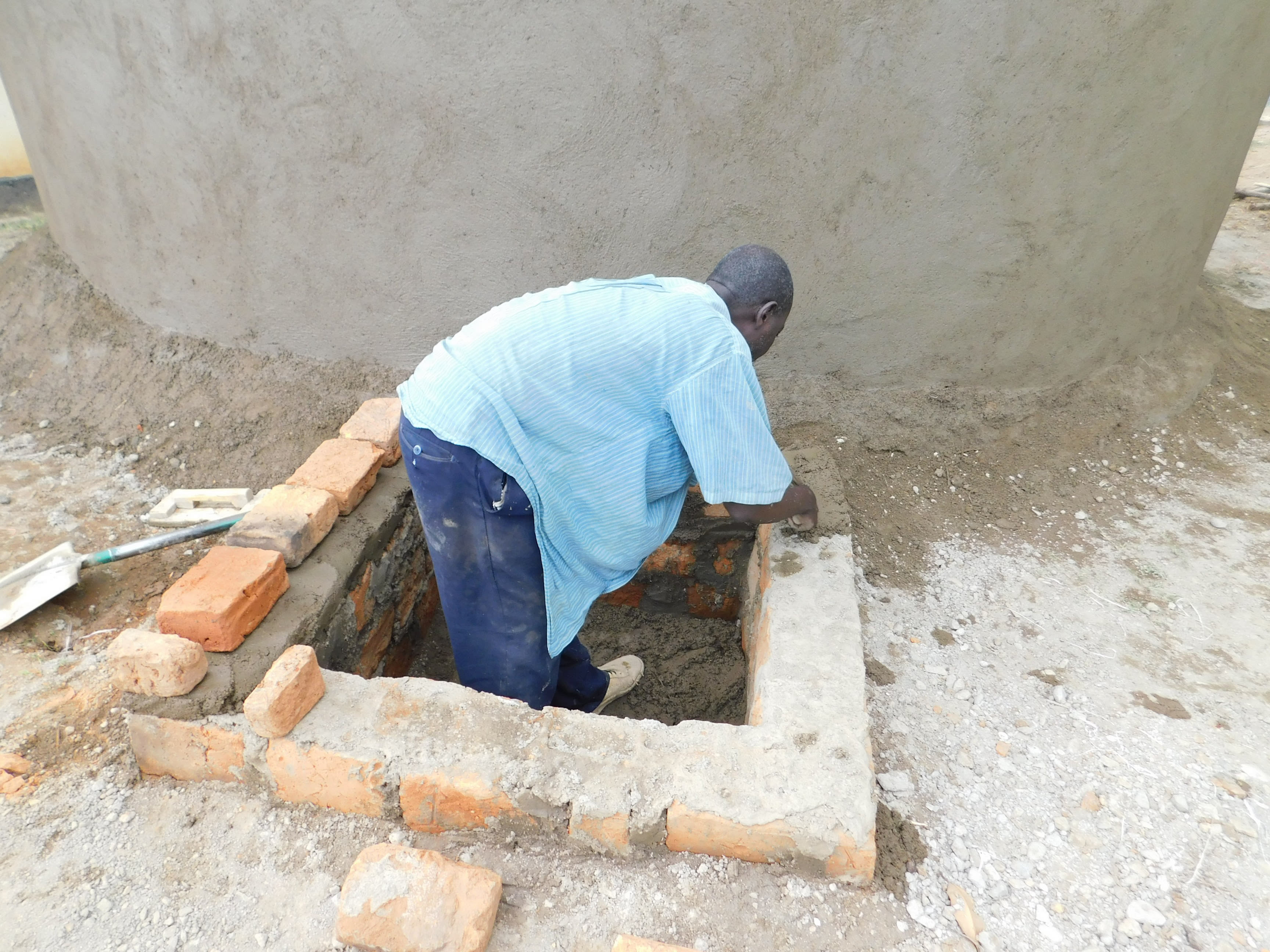The morning started out quite cold, but it got sunnier as we arrived at Namanja Secondary School. The school is situated in a peaceful rural area. Most of the surrounding homesteads are semi-permanent structures made of mud walls and grass thatch. The few more permanent structures which normally belong to the civil servants.
Namanja Secondary School was started in the year 2007 as a community-driven initiative aimed at educating all the children in their area. The school started with a few students, the majority being female. The current year's population has increased tremendously and now they are at 410; 206 boys and 204 girls.
A normal day differs from one home to another. Many people get up as early as 5am. They begin by grooming and eating breakfast in preparation for their walk to school. At 6:30am they report to school and immediately start undertaking chores. Due to a lack of water at the school, they just sweep the classrooms and pick up rubbish. They later settle in for their lessons at 8am.
Namanja Secondary School has been trying to get water on school grounds for decades. All of these efforts have been in vain. They mobilized their resources and dug a well, which in the end the efforts were futile: the water discharged was full of silt. This was a huge discouragement as any hopefulness diminished to a somber mood.
As days progressed they again gained the courage to try a second well. This time around they were more optimistic that at the end, scarcity of water would be the past tense.
Oh, no! Before they could reach the water table they were obstructed by a huge rock. Again, all their resources went down the drain.
Students must leave school to find the water they need, most often visiting a well out in the community. Being the community's primary water source, these students must wait at the back of a huge crowd. Not being able to get enough water has severely limited the school's ability to cook and clean.
Due to the community's high population, there is usually overcrowding at the source that causes conflict between the school and the community. This always causes the school not to acquire enough water.
A few parents have withdrawn their children from the school and taken them to schools with better facilities. It has also forced the school to use a lot of money to pay workers to fetch water throughout the day. The time spent getting enough water has delayed classes and other school activities.
"Lack of enough clean and safe water within the school has resulted in so many problems. The population has drastically reduced, the state of poor sanitation and hygiene in the school has resulted in various disease-related issues, which has increased rates of absenteeism in school leading to poor performance," shared Principal Lidigu.
"We are privileged and lucky to have you. God bless you!"
What we can do:
Training
"The school is really deteriorating in its hygiene and sanitation standards. Lack of enough water in the school has even catalyzed the problem of poor hygiene and sanitation standards for the school," said Teacher Paul Magomere.
"The project will definitely transform the entire school and better results will be realized."
Training will be held for two days. We will use PHAST (participatory hygiene and sanitation transformation), ABCD (asset-based community development), CTC (child to child), lectures, group discussions, and handouts to teach health topics and ways to promote good practices within the school. The CTC method will prepare students to lead other students into healthy habits, as well as kickstart a CTC health club for the school.
Handwashing Stations
This CTC club will oversee the new facilities, such as handwashing stations, and make sure they are kept clean and in working condition. The two handwashing stations will be delivered to the school, and the club will fill them with water on a daily basis and make sure there is always a cleaning agent such as soap or ash.
VIP Latrines
Two triple-door latrines will be constructed with local materials that the school will help gather. Three doors will serve the girls while the other three serve the boys. And with a new source of water on school grounds, students and staff should have enough to keep these new latrines clean.
Rainwater Catchment Tank
A 50,000-liter rainwater catchment tank will help alleviate the water crisis at this school. The school will also help gather the needed materials such as sand, rocks, and water from the spring for mixing cement. Once finished, this tank can begin catching rainfall that will be used by the school’s students and staff.
We and the school strongly believe that with this assistance, standards will significantly improve. These higher standards will translate to better academic performance!

 Rainwater Catchment
Rainwater Catchment
 Rehabilitation Project
Rehabilitation Project



































